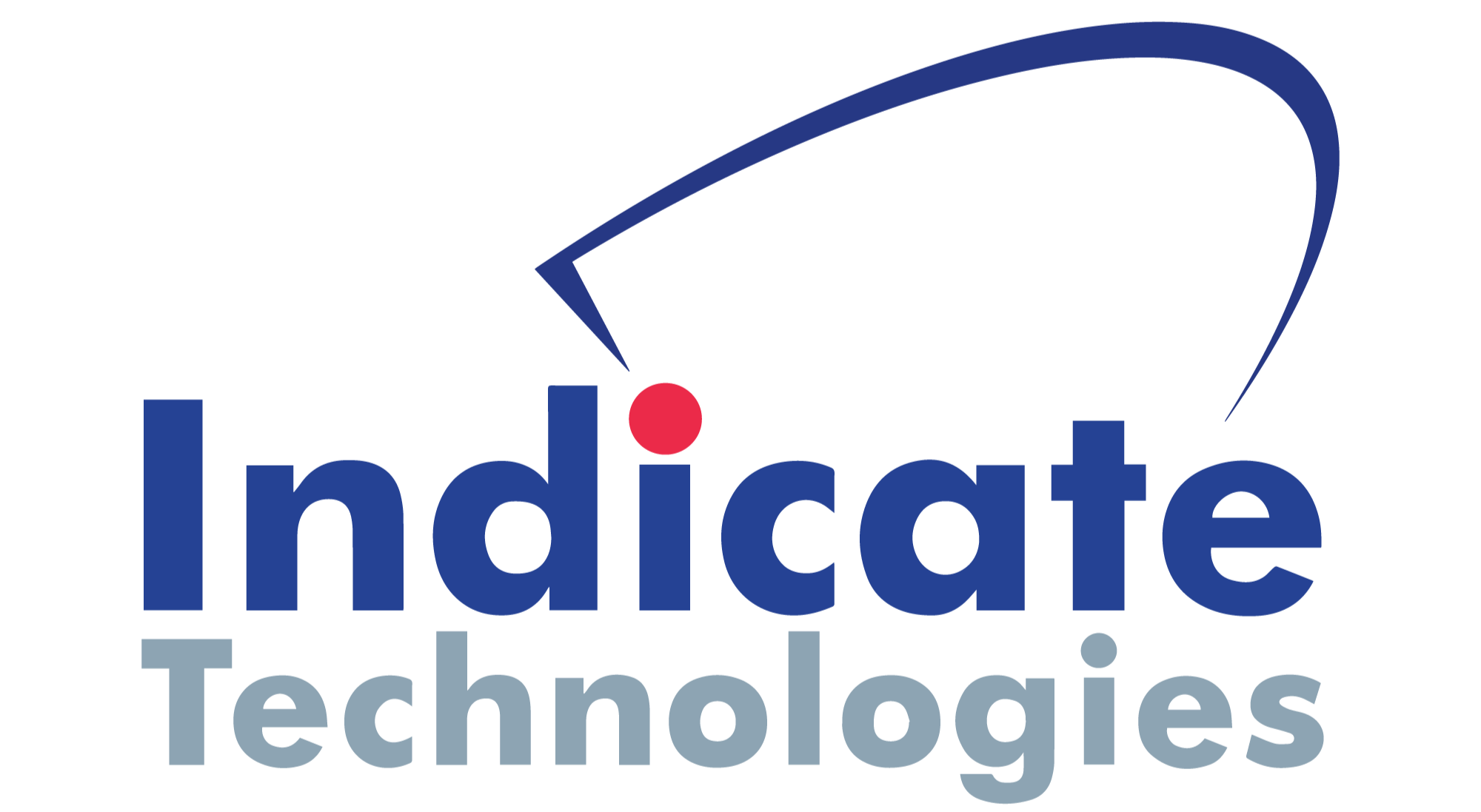Case Studies
Dimensional Inspection
Surface Finish
CT Scanning
3D Scanning
Manufacturing - Machined QVI Block Inspection
This dimensional inspection was performed on our OGP FlexPoint multisensor CMM to measure the desired dimensions and evaluate the GD&T callouts indicated in the part drawing. This application showcases the functionality of the FlexPoint CMM, using optics and an articulating touch probe to measure complex surfaces and a laser to measure surface flatness.
Medical Diagnostics ManufacturerImproves Efficiencies With OGP's Smartscope Flash 200
Apacor was facing inconsistent measurements between operators. “We also had trouble measuring more complex elements of our components, such as internal diameters, and we needed accurate measurements to ensure what we were measuring was correct.” - Jamie Doran, Production Manager at Apacor.
Apacor acquired a SmartScope Flash 200 multisensor metrology system from OGP UK, which enhanced their capability to measure intricate and complex components with increased speed, accuracy, and consistency.
Automotive - 3D Printed Steering Rag Joint
Using our Sensofar s neox optical profiler, we analyzed the surface of a 3D printed steering rag joint for defects and evaluated the surface roughness of a critical contact surface.
"X-ray CT has influenced our product development process in a positive way - we are able to quickly characterize the geometry of prototype samples and compare them against functional performance during the product development cycle. This cuts the design iteration timeline significantly. This allows for lightning-fast changes to design and/or tooling allowing us to accelerate quickly to design freeze."
- Steven Weir, Vice President TAI at Merit Medical
Automotive - Lithium Ion Battery Inspection
Energy Storage:
A Global Challenge Proven by Microtomograph at Insa Lyon
Discover how the National Institute for Scientific Research (INRS) utilizes CT scanning to inspect the microstructure of materials within electric vehicle batteries.
One of the most active industrial sectors for many years has been the development of energy storage technologies, particularly for batteries.
When discussing electrochemical batteries, there is one fundamental concept: converting electrical energy into chemical energy during charging and vice versa to restore electrical energy during discharge. In lead batteries, this principle has been applied for 150 years. Lithium-ion batteries were created more than 30 years ago, and they continue to be the most popular solution across many industries. It is the most efficient option because of its extremely high efficiency (3 times more power than a lead battery of equal weight) and the high number of cycles.
Automotive - Hydrogen Fuel Cell Inspection
Hydrogen fuel tanks are inspected using EasyTom CT scanners for an accurate and comprehensive analysis of the exterior and interior of the tanks. This inspection process ensures the dependability, effectiveness, and safety of hydrogen-powered vehicles.
The development of NEVs, or new energy vehicles, is one of the major difficulties the automobile industry is now facing. Battery-electric cars are currently the center of attention in public transportation and delivery, but electromobility is already encountering limits in some places. In addition to the quick advancement of battery technology, hydrogen technology serves as an alternate fuel for long-distance travel. Future electromobility will rely heavily on hydrogen fuel cells and hydrogen as a source of energy.
Automotive - E-Mobility:Challenges Overcome With X-Ray Tomography
The needs for electric drives are evolving as the push towards e-mobility continues. Cleaner transportation is still a top priority for governments and public institutions, and e-mobility options are becoming more popular. NEVs (new electric vehicles) open up new possibilities for environmentally friendly and low-emission transportation.
Automotive - Failure Analysis:In On-Board Electronics Using X-Ray CT by Renault Group
Vehicles are integrating a multitude of new functionalities, so much so that we now speak of "intelligent vehicles". These new features, such as gesture recognition, virtual assistance, eye-tracking, or attention control, will add to the current progress in accident prevention. These functionalities are made possible by the development of electronics and the integration of numerous sensors in modern vehicles.
Thus, understanding failure mechanisms will ensure quality levels consistent with large-scale manufacturing and distribution.
Preservation - 3D Scanning of Cradle of liberty
Watch Indicate Technologies' 3D scanning expert, Marcio, in the field using the Artec Leo scanner from Artec 3D.
Marcio's primary focus during the scan was heritage preservation. With the 3D file at hand, artists possess the ability to recreate or guide restoration efforts in case of any unforeseen damage to the statue.









